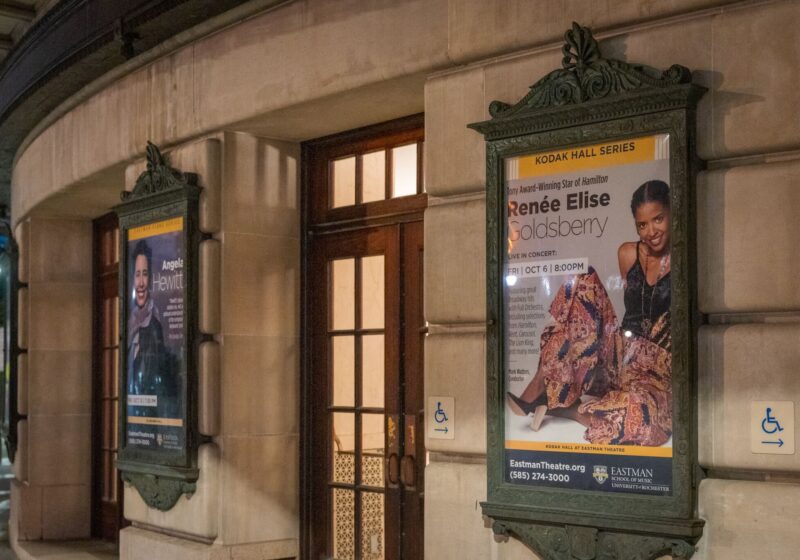For the past four presidencies at UR a pattern has arisen?a term of approximately 10 years. President Thomas Jackson is rapidly approaching this 10 year mark, as July 1 will be his nine-year anniversary.
“[The 10 year pattern] is a precedent, not a policy,” Jackson said. He sees the position as one that is not necessarily limited by 10 years. “The president serves at the pleasure of the Board of Trustees,” he continued. While Jackson’s four predecessors each served around 10 years, some early presidents often served for much longer ? up to 35 years.
Jackson jokes he has no intention of staying for 35 years, he will also not specify how long he sees himself as president of UR. “I play it year by year.” Jackson said. “I don’t have a time table, I’m not going to stay here until I retire.”
Jackson does foresee continuing his work at UR. He hopes to stay at UR even after he does decide to leave his current office. “I would be perfectly happy to stay on faculty and go back to teaching at Rochester.”
Dean of the Faculty Thomas LeBlanc said that he believes a president’s term is dependent on the completion of goals set by the president upon appointment. “Presidents are hired to bring their experience and skill set to bear on the problems facing an institution,” he said.
LeBlanc believes that a set amount of years cannot be assigned the office. “Time in office will depend on their ability to solve institutional problems as the institution changes around them”
“There is no ‘tradition’ of a ten year presidency,” Dean of The College William Green said. “If some past presidents served for roughly that length of time, it is serendipity. Some also served longer,” he continued.
Jackson promises that any decisions in regard to leaving the office would be announced with adequate time for the Board of Trustees to perform a search and appoint a new president. “The announcement is normally made a year ahead of time,” Jackson said. Appointments are typically made in July but can be announced as late as September.
There is an annual review by the Board in May in which the president is reviewed and his accomplishments and shortcomings are enumerated. Jackson views this time as a good opportunity to reflect on the past year and determine if he is willing to stay.
Not only does the Board review his performance at the year’s end, but Jackson also takes the opportunity to evaluate himself. “Do I have specific goals, is there still the basic support of the constituency, and are the goals realistic,” he asks himself. Jackson sees the review as “a healthy checkpoint which serves as a vehicle to discuss and assess the vision [for UR].”
Jackson does believe that even though the 10 year mark is not a tradition, it is healthy to have a turnover in leadership. “UR belongs to the Association of American Universities, composed of 65 preeminent research facilities, Ivy Leagues and distinguished publics [universities]. The longest term for a current president [within AAU] is 13 years,” Jackson said.
Whether Jackson decides to leave at the ten year mark, those he has worked with believe he has accomplished much.
“Unlike nearly all his peers, President Jackson has devoted a major component of his presidency to undergraduate education,” Green said. “His vision of excellence?represented by the Rochester Renaissance Plan, the creation of the College, and the consolidation in the College of all services affecting undergraduates ? has been remarkably successful.”
Jackson still sees goals he wants to accomplish. “The core goals have not changed. The context is always changing. The framework looks different from five years ago.” he said. Jackson sees the BME department as one of his core goals. The department now stands in position to receive a new building. It is projects such as these which Jackson hopes to continue in his remaining time at UR.
“In nearly every respect, the college experience at Rochester is markedly better now than it was before he came,” Green said. “He wanted Rochester to get better, and it has done so under his leadership.”



